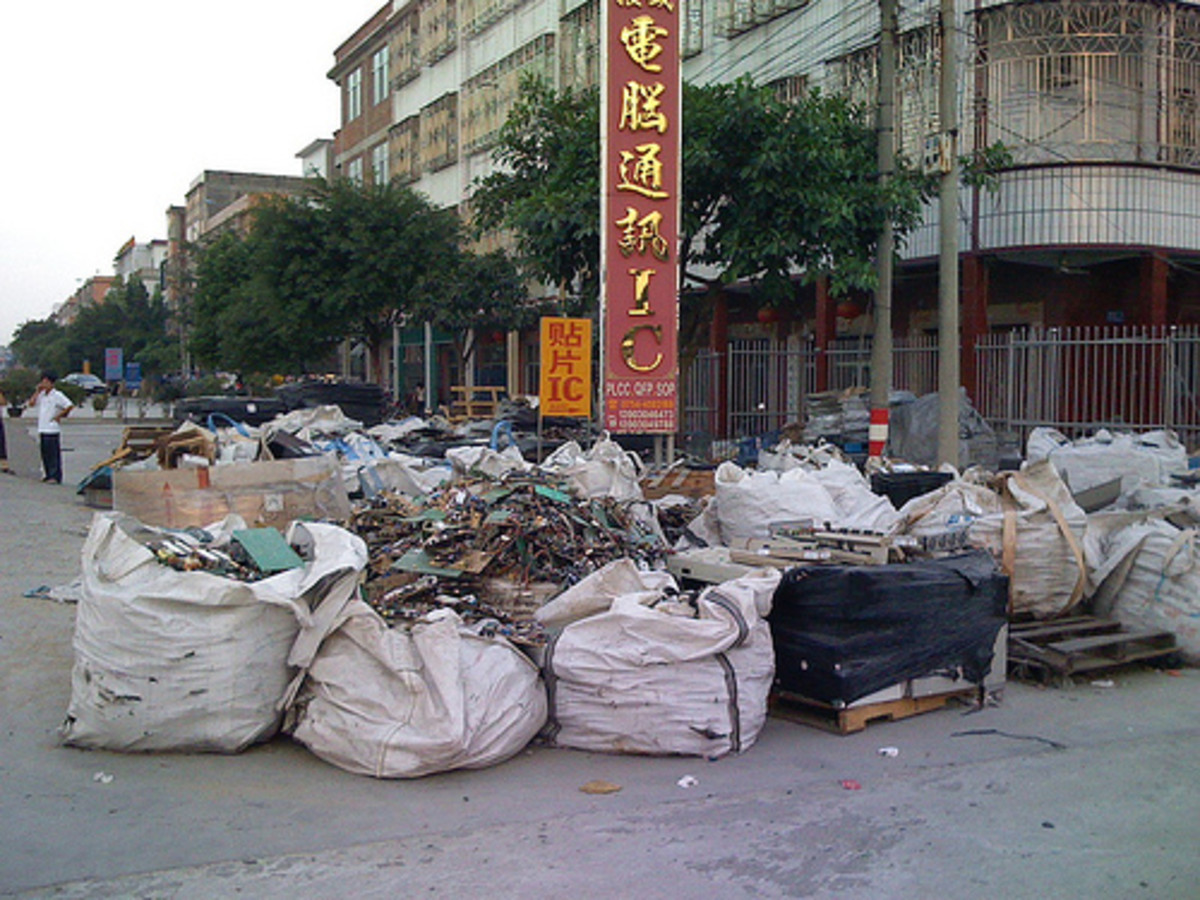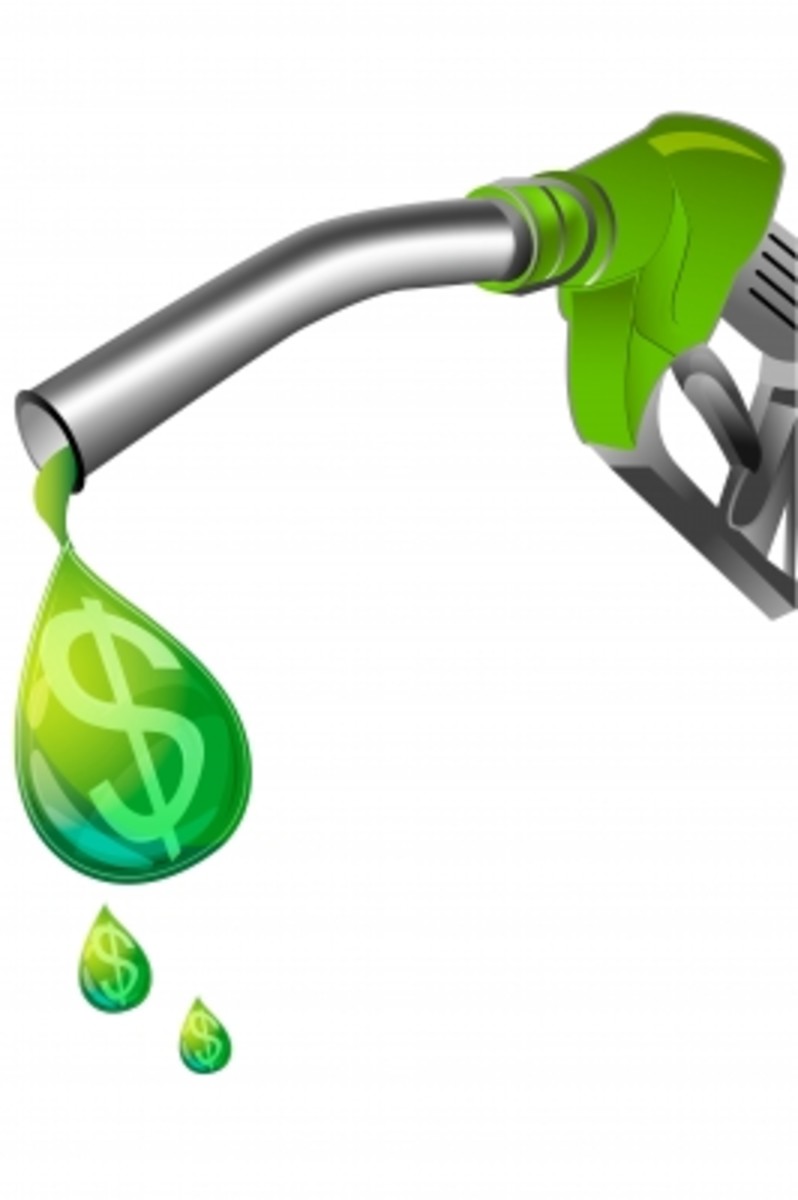Old-Fashioned Repurposing: The Forgotten Recycling Method

It’s an eyesore, the home next door with junk piled high in back, the old car up front, picked apart and on cinderblocks, a cracked battery leaking fluid into the earth, oil stains, and more. Every now and then the wind picks up and blows a bit of garbage into your yard, and you curse your neighbor for ruining the future for your children.
And then there is you, environmental perfection, blameless. You have 10 recycle bins on your front curve for every plastic, paper, and metal that can be repurposed, a brand new Prius in the driveway, a house you had built to spec to live in harmony with mother earth, a brand new water-efficient washing machine.
You have every eco-gadget known to man, and consider it your duty to continually update your residence and life to all the newest whims of environmentalism.
Would you believe that in the above scenario your neighbor with the junked up yard is doing more to protect our blue and green planet? Not to defend the leaking fluids in his yard or the haphazard way he stores his things: this is a definite environmental no-no, but all and all, our neighbor is hard at work with good old-fashioned recycling.
What is meant by old-fashioned repurposing or recycling is simply taking old things and fixing them so that they run like new things. Taking your junk, and rather than committing it to the recycling plant to be broken down and made into new things, keeping it and using it for your own purposes.
Don't simply assume because people say something is eco-friendly that it is. Study!
Modern Recycling
Before we continue, it should be explained that modern recycling is a good thing, but it should also be understood that such activities still carry an environmental imprint. For example, you don’t put an old piece of paper in the recycle bin and it magically becomes new paper on the shelf of our local store.
The restorative process is nasty. It requires all manner of energy and chemicals to make this used paper new again. It is not that there is no environmental gain between this process and making paper from scratch. There obviously is, but the process isn’t as environmentally perfect as many of us believe.
Ideally old-fashioned recycling and modern recycling should live in harmony. Back to the paper example: if we keep our paper until it is truly used up before recycling it, this would be an example of the two methods working together.
So if we print off a document on one side of our paper and then throw it into the recycle bin, we really aren’t helping the planet much. The better alternative: to hold on to this partially used sheet of paper, use it for scratch, print on both sides of the sheet, make sure to use every bit of available space (old-fashioned repurposing), and then throw it in the recycle bin (modern recycling).
Modern recycling is only a good alternative after an item is completely used up.
The Environmental Poser
The environmental poser is the person with a large disposable income who discards all of his or her environmental technology for the next new thing. Let’s use the Toyota Prius as an example. The Prius is a wonderful hybrid vehicle with low emissions and high fuel efficiency. If you need a vehicle, there is nothing wrong with investing in one.
But if you get the newest model every year, you are definitely hurting the environment more than if you just got a new one and ran it until it didn’t work anymore. You are definitely hurting the environment more by getting a new one instead of a used one.
And believe it or not, there is ample evidence that you are hurting the environment more by getting the used Prius opposed to just fixing that old jalopy that you have had for twenty years. Most people respond to this with a shocked expression and gasp, “But how can this be?”
The jalopy burns oil, and was built in a time of less stringent environmental regulations, but when you factor in the imprint made by resourcing metal, batteries, chemicals, moving these materials across the world to a manufacturing plant, and just the nonrenewable energy that goes into making a new vehicle, the best option for our environment is almost always to keep the old car going.
We’ve used the term environmental poser here, which is a bit mean, and in fairness, I think a lot of these people simply just don’t know that they are doing more harm than good, but the cost to the health of our planet and the hypocrisy of them sitting smugly on their high horses is enough to aggravate even the kindest disposition.
10 Ways to Exercise Old-Fashioned Recycling Practices
Below is a list of ways to get everything out of our resources before we send them to the modern recycling plant. The list is by no means comprehensive. The methods range from general to specific, but the basic idea is to use all of our materials efficiently and until they have no value to us, our friends, or our neighbors before we send them to be recycled.
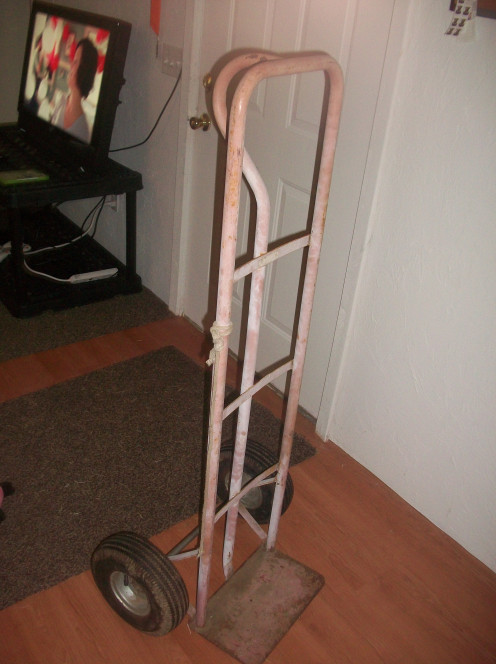
1. Don’t Get Stuff You Don’t Need:
Our homes are getting bigger, yet they are still cluttered. We have a need to fill every nook and cranny of our residences with every item that strikes our fancy.
Furniture is an excellent example. We see a table we like, but we already have a table. We go ahead and get the new table, which is beautiful, only to realize it doesn’t fit well in our space, and what are we going to do with the old table?
It is an easy enough concept: don’t get stuff you don’t need. But when we see something we like, it becomes easier said than done. There is a tendency to lose our objectivity, to convince ourselves that this new item is necessary and even good for the health of the planet.
The overall impact is a messy home jam packed with items we don’t need and the proliferation of our throwaway society.
2. Avoid Buying New:
Before going out and getting something new, consider the advantage to the environment of getting something that already exists. Used items only need a home where they can be properly utilized. Besides the transportation of the item from another household to our own, there is very little environmental impact because it already exists.
The new item, on the other hand, has to be manufactured from scratch. This will likely require digging into the earth, shipping raw materials around the world, purposing the raw materials, and then shipping them around the world again to have them assembled.
Then we ship them around the world one more time to a showroom, where you buy them. If only we had as much time for travel as our stuff does. All of this results in the expenditure of massive amounts of non-renewable resources, and lots and lots of pollution.
As an example, let’s use the dolly or hand-cart. At some point in our lives most of us decide it would be pretty handy to have a dolly. They save our backs and make it possible to move large items. Well, what makes a modern dolly a dolly? Metal frame, some manner of axle, and wheels.
What made for a dolly in say 1950? Metal frame, some manner of axle, and wheels. So why would you spend $100 or more for a brand new dolly when you can probably find one for just a few dollars at the local junkyard?
The practical answer is that you wouldn’t. The more human answer is that we like the look and feel of something that is brand new and it makes us feel better about myself.
3. Repurpose:
As a society, we really need to examine what is and isn’t garbage. So many things that we throw in the recycle bin or trashcan are still useful.
Yes, if we throw it in the recycle bin it will be “repurposed,” but there may be a better way. Again, modern recycling of materials uses up resources and causes an imprint. So why not, before we do this, see if we can’t recycle these materials into something new in a more direct manner.
When we take a piece of “garbage” and find a use for it ourselves, this is a form of recycling with perfect or near perfect efficiency, and the possibilities are endless. Here are just a couple of examples of no imprint or low imprint recycling.
Wooden Pallets: wooden pallets are constantly being thrown away by businesses and individuals. With the exception of shipping services, they are considered worthless by many, but in actuality they are made of a valuable material: wood, wood that can be repurposed to make all manner of things.
Making of things from discarded wooden pallets has become a backwoods art of sorts, and you would be amazed what people have been able to construct, from stools to sheds to dog houses to whatever can be imagined.
Another example is repurposed building materials. Most of us are familiar with the process of taking artistic fixtures from an old dilapidated home that is being deconstructed, but so often this is all that is done, and there is so much more potential than that.
For example, raw lumber. Yes, some of the wooden boards may be rotten, but all of them usually aren’t. Part of a board may be rotten, but we still may be able to use a saw to salvage the rest of it. Even nails can be removed and straightened for reuse.
We don’t have to have a fancy mantel or piece of artisan craftsmanship to warrant repurposing. The majority of old homes that are completely beyond restoration will yield a higher percentage of salvageable materials than not.
4. Buy Things that can be Fixed:
The fourth item on our list is perhaps the most problematic in our modern, throwaway society. It is better for the environment to repair items rather than get new ones, but the catch is that modern items are not made to be repaired.
Here is an experiment for you. Find an old appliance in your home, then find a new one. More likely than not, it is obvious how one would disassemble and repair the old item, and it is not apparent or even possible to do this with the new one.
There are two major reasons for this shift from a society where things could be repaired to a society where they cannot. The first is simply the advancement of computer technology. Everything from coffee machines to laptops are so technologically complex now, one could not even hope to fix these items without a degree in computer engineering and a very specified collection of tools.
Just look at a computer from 1990 versus a modern laptop. The computer from 1990 is easy to take apart. Even a layman can do minor repairs and upgrades on an older computer. With a modern laptop there is no such luck. If you can figure out how to take it apart, all the technology is so tightly compacted, unless you are an expert, you dare not try.
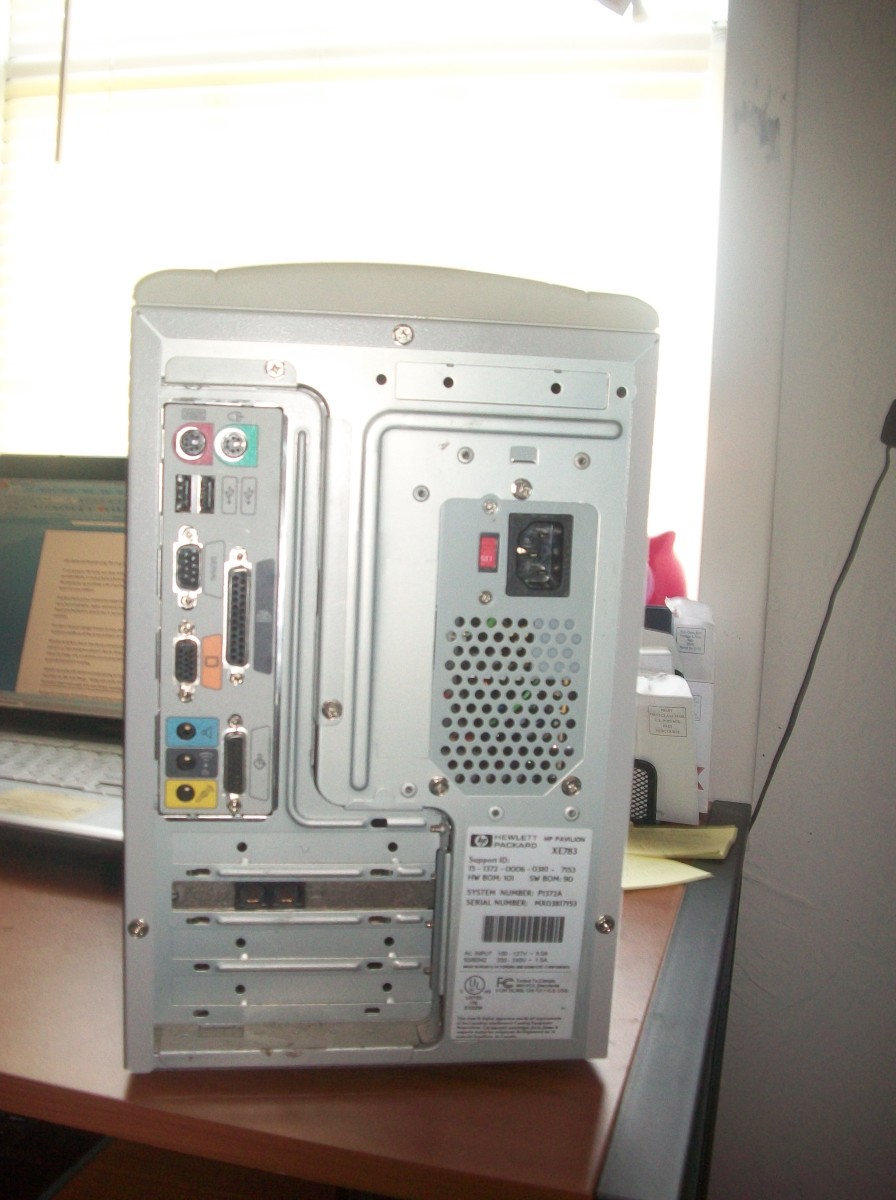
The second major contributor to our throwaway society is cheapness of quality. Everybody wants to get things dirt cheap, and making things that are conducive to repair does not fit this business model. When we buy something we want it to not cost much and to work then. We don’t have the forethought to worry about tomorrow.
A good example of our propensity to make things that can’t be fixed is the modern vehicle. With the exception of the items that have gone largely unchanged (alternators and starters can still be rebuilt), we do not repair our cars anymore. We replace parts.
Any little electrical problem with a vehicle will most likely require taking out a whole electrical grid and replacing it. And again, a modern vehicle is so jam packed with technology, that the everyday person is afraid to work on it themselves. Compare this to an old vehicle where you can literally open the hood, stand inside the engine well, and see every mechanical part.
The overall effect of this abundance of technology is that usually when we have a problem we have to call upon professionals to replace parts. Because service and parts from professionals can be so expensive, it sometimes becomes more economically feasible to buy a new item rather than fix it. The result is waste and proliferation of our throwaway society.
The answer is to opt for technologically simple items that can be fixed. As mentioned earlier, buy older used things when you can, but most of us have to move into the twenty-first century at some point, and sadly there are not many options for repair of these items.
5. Buy Locally:
This isn’t the same old diatribe about buy American. This is about sustainability of society. Some of the things we like come from far off places, but we should limit our selection to local items when possible.
As things are, many of the items we purchase have been around the world several times in production before they get to us. Even something as simple as produce can be an environmental detriment. For example, why would you buy California oranges in Florida when Florida grows oranges just fine on their own?
The environmental imprint of fuel consumption moving these items thousands of miles is often unnecessary. If your area produces it, then get it from your area.
6. Garage Sale/Give Away:
If you practice old-fashioned repurposing, you will soon notice you have more junk than you can handle. This is especially true if you live in an apartment or your storage space is limited, but there is still a route you can go before the recycle bin.
A garage sale is a good way to make a little extra folding money and get the things you have that are not useful to you anymore into the hands of people they will be useful to. If you don’t have time for a garage sale, try just giving the items away.
As long as the item still has usefulness to someone, it is better to get it to them before it goes to the recycling plant. If all else fails and the clutter you’ve amassed is overwhelming, then commit it to modern recycling.
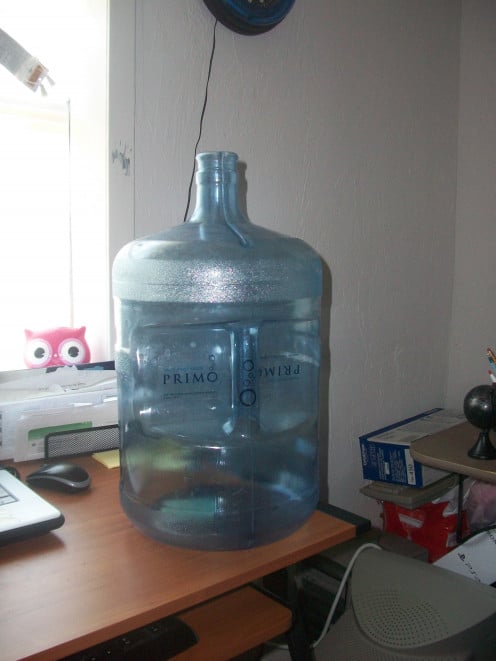
7. Share Resources:
Wouldn’t it be nice if neighborhoods could be neighborly again? As things are, everyone needs their own version of everything. For example, you have a weedeater that you use maybe once every two weeks. All of your neighbors have one that they use that often as well.
You have a small air compressor that you use a couple of times a year, as do all your neighbors. You have a dolly that you haven’t used yet, but you figure it will come in handy one of these days. So do your neighbors. You have a ladder and saw for trimming trees once in a while. Guess what. So do your neighbors.
As long as there is some trust in the community and people respect one another’s property, there is no reason for this. What if one person had the ladder, one person the air compressor, one person the dolly, etc., and everyone just shared?
Opinion
Do you believe refurbishing old things is a superior method of environmentalism than buying modern, energy efficient things?
8. Buy in Bulk:
There are a few caveats to buying in bulk. If such a practice is done poorly, it can have a far more negative outcome than positive. For example, if we buy perishables in bulk and don’t get them eaten in time, it is wasteful. If we buy in bulk, but the items are individually wrapped rather than in one container, it can be wasteful.
But though there can be negatives to buying in bulk, the positives are many. If you buy a large amount, then the result is fewer trips back and forth from town. If things are shipped in bulk containers, you have less packaging materials wasted and freight space is used more efficiently. This results in fewer freight shipments and less consumption of fuel.
The final perk of buying in bulk is that after you are done with the item, you usually have a handy container left to store things in.
9. Drink from the Tap:
It was in the 90’s that the bottled water craze took off. And rather than dying off, it has just kept going. It is understood that some places have undrinkable water from the tap. Hard water can even give us medical problems, such as kidney stones.
But that said, the majority of tap water in this country is drinkable and most of it even tastes good. Before you forsake tap water and begin buying bottled water or invest in an expensive water filtration system, at least try your tap water.
Many places have already done a good job of filtering potable water before it gets to your house. Why would you insist on doing this again if you don’t have to? If you live in a place where the water is not suitable for humans, than you might invest in a filtration system.
If a filtration system doesn’t work, then buy your water in bulk containers and use refillable bottles. All of these are better alternatives than buying individually packaged water and recycling the plastic bottles.
Opinion
Do you feel that the majority of people don't fully understand the energy that goes into making new products?
10. Reusable Bottles:
When we look at old-fashioned recycling methods, where we simply reuse that which already exists for its intended purpose or a new one, it is shocking in how many areas our supposedly eco-conscious society has moved backwards rather than forwards.
One example of this is bottling. We used to put a deposit down on glass bottles when we bought soda, milk, etc. This deposit was for the containers we used. When you went back to the grocery store, you dropped off your empties, and picked up some filled bottles.
In other words, the same bottles were used over and over again. This is a perfect example of old-fashioned recycling, and though I have heard the occasional horror story from that time about bottles not being cleaned properly, I can’t help but think with modern practices this process could be done safely.
Why did we go to the dark side? Disposable plastic bottles now litter our countryside. With the reuse of glass bottles, we had a system of almost perfect recycling efficiency in place, and we got rid of it.
Modern recycling is a good and necessary thing, but it seems like people forget about the alternative: old-fashioned recycling. When feasible, old-fashioned recycling is better than modern recycling on every level.
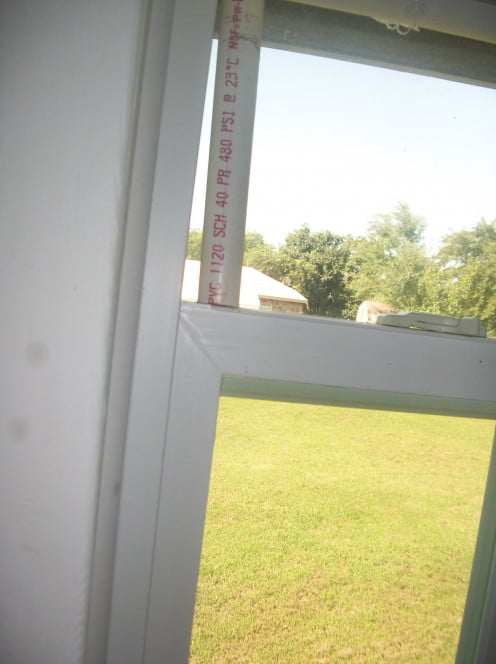
Money
If you haven’t noticed yet, old-fashioned repurposing has the additional happy coincidence of saving us money.
What I would stress to those of you that shriek at the term environmentalism is that you don’t have to grow your hair long, you don’t have to paint with gnarly colors, and you don’t have to put a peace sign on the side of your house. If you just want to save money, that is incentive enough to follow these practices.
These are things your grandparents and great-grandparents did, not just hippies. They did it to save money, and if you are that opposed to the counterculture and all it stands for, than do it for the money and to commemorate your ancestry.
Nobody’s Perfect
Environmentalism is a bit of a minefield. So many of us try to be good, only to realize that something we do is not optimal for our world. Rather than meanness and smugness towards one another, the emphasis should always be education.
And sometimes we just want something new. It is a symptom of the human condition. We don’t want a jalopy, we want a brand new car. So we buy a hybrid. We don’t want an old house, so we build a new energy-efficient one.
Most all of us do this type of thing on occasion, and our economy thanks you. If no one ever bought anything new, if no one ever worked to develop new technology, that would also have a negative impact on the world we live in.
But don’t sit on your high horse and act like you are better than others. It is still a more environmentally sound principle to keep the jalopy running, to fix up an old house, to use and repurpose the things we have, than to always run out and get the newest eco-gadgetry.
As confusing as conservation can be, the basic principles can be summed up as follows: exercise discretion in the purchase of new things and try not to send things to the modern recycling plant until they are truly used up.





